This content originally appeared on HackerNoon and was authored by Phenomenology Technology
Table of Links
2 Dark matter through ALP portal and 2.1 Introduction
2.3 Existing constraints on ALP parameter space
3 A two component dark matter model in a generic 𝑈(1)𝑋 extension of SM and 3.1 Introduction
3.3 Theoretical and experimental constraints
3.4 Phenomenology of dark matter
3.5 Relic density dependence on 𝑈(1)𝑋 charge 𝑥𝐻
4 A pseudo-scalar dark matter case in 𝑈(1)𝑋 extension of SM and 4.1 Introduction
4.3 Theoretical and experimental constraints
\ Appendices
D Feynman diagrams in two-component DM model
2.4 Dark matter analysis
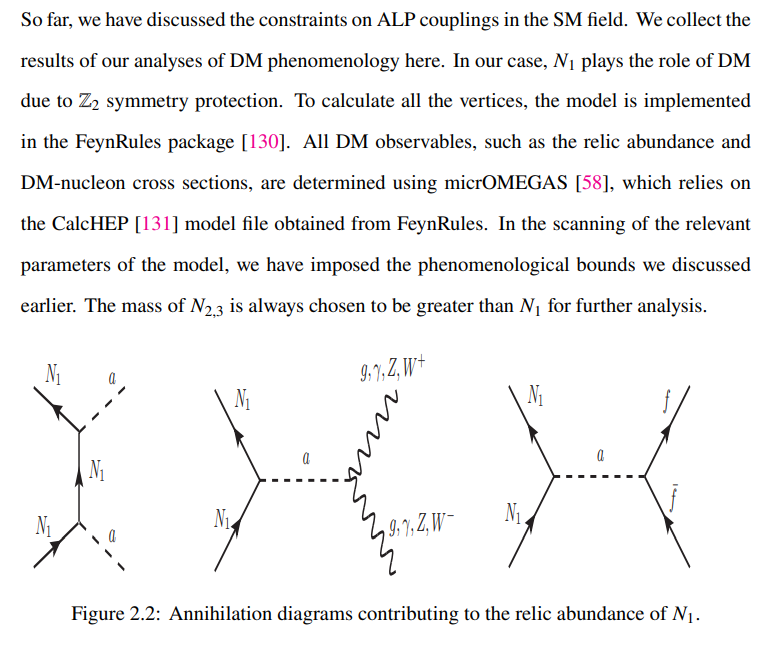
2.4.1 Relic density
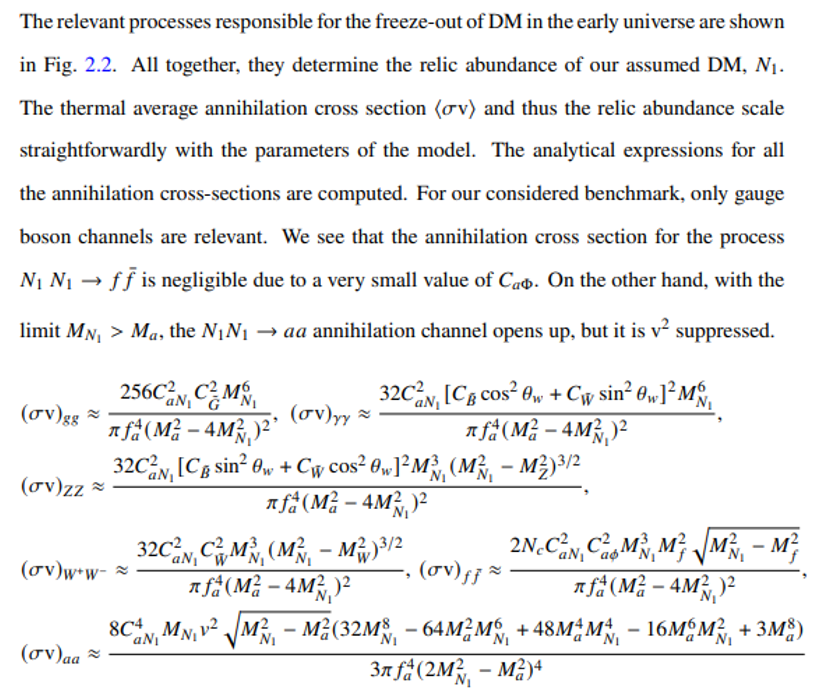
\
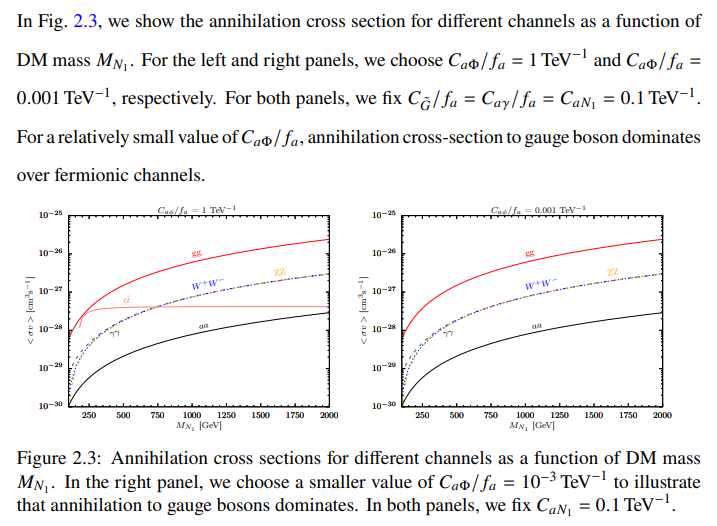
\
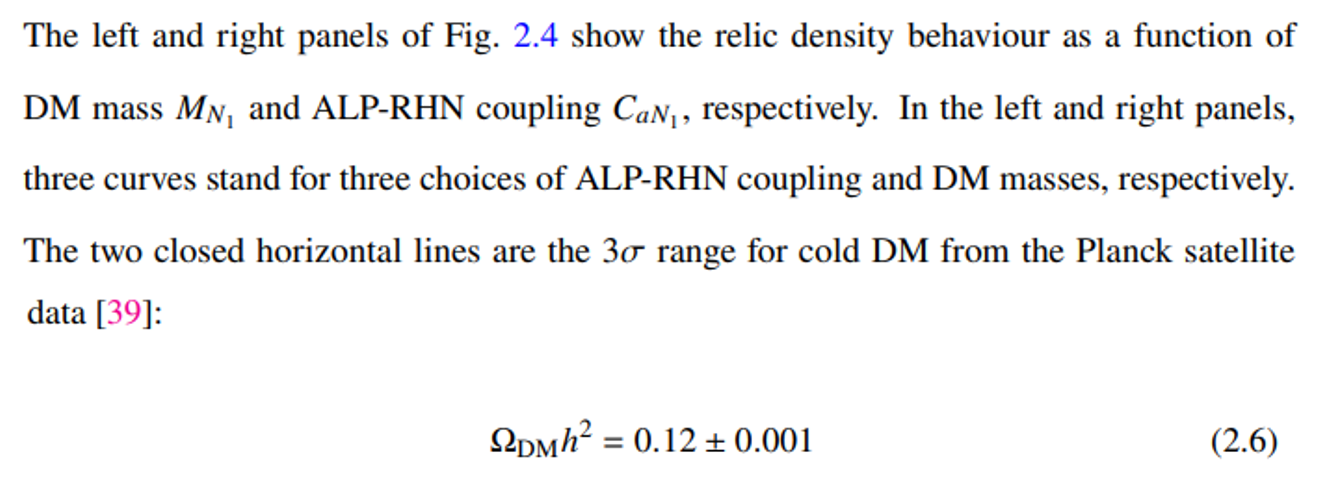
\
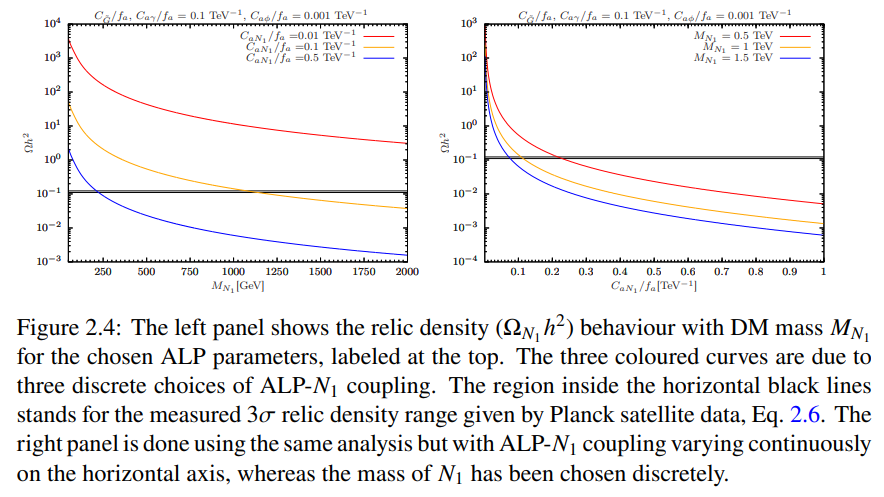
\
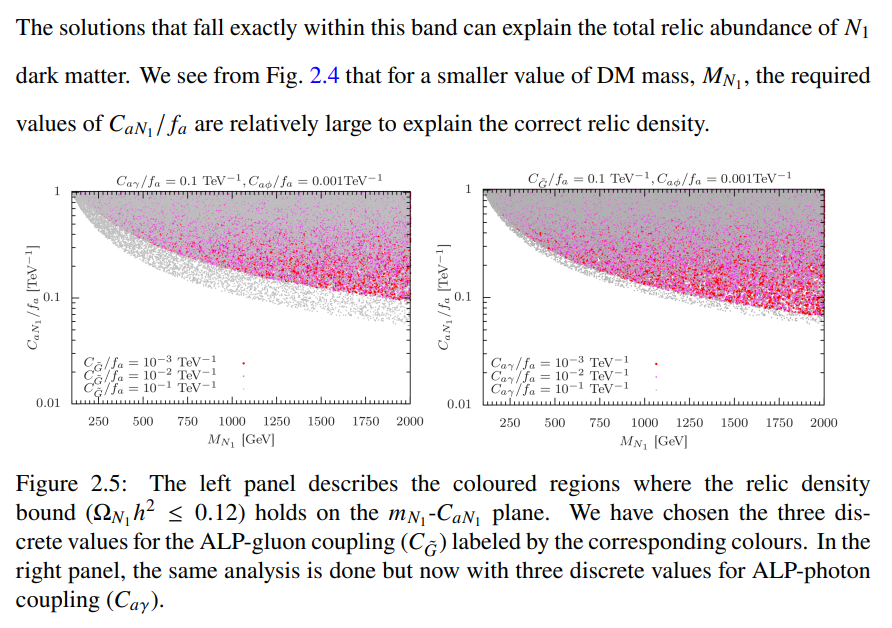
\
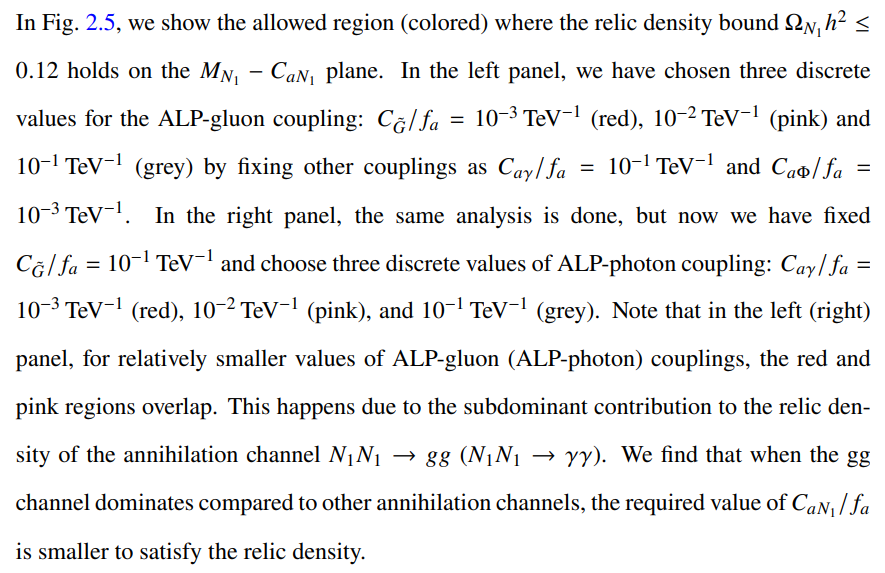
2.4.2 Direct detection
The XENON1T [18] experiments have a strong sensitivity for spin-independent and spindependent DM-nucleon interactions in our interested mass range of DM. However, recent data from LZ [22] and XENONnT [24] have further put stronger bounds on scattering cross-section. The interaction between DM (𝑁1) and a quark (q) can be described by the following effective Lagrangian:
\
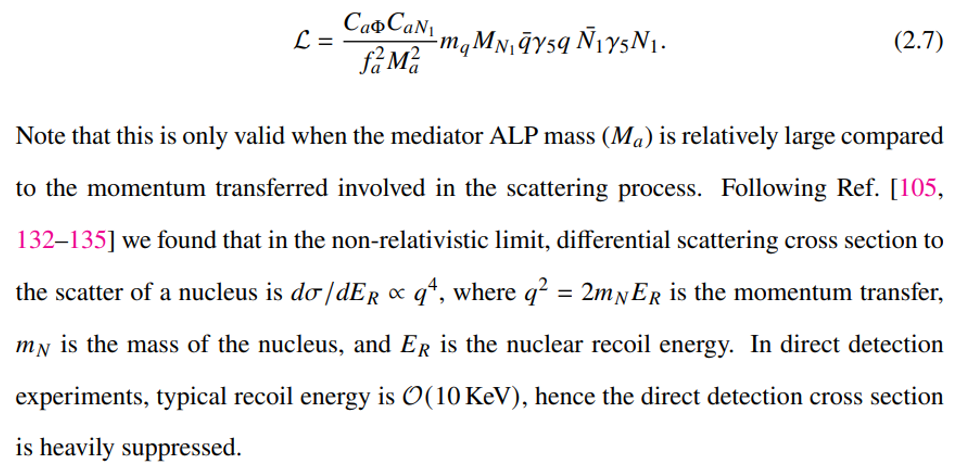
2.4.3 Indirect detection
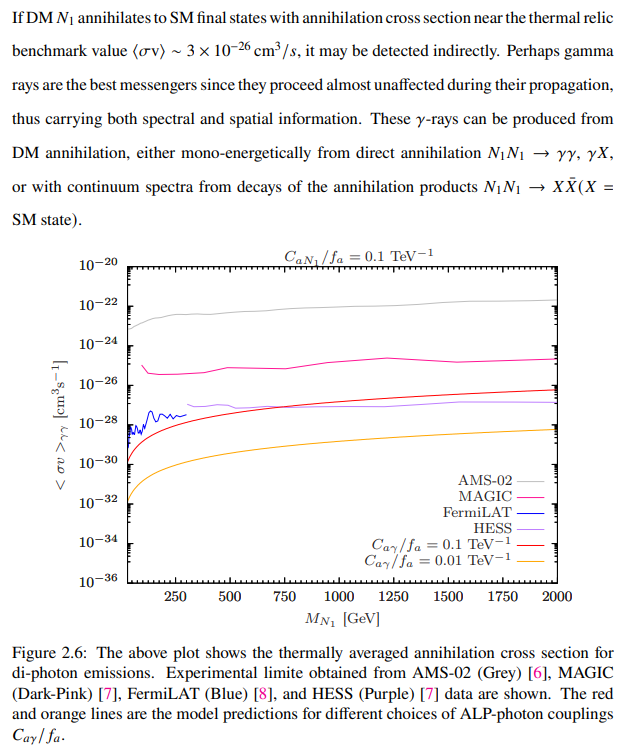
\ These gamma rays would be produced preferentially in regions of high DM density and can be best detected by Fermi-Lat [8], HESS [7]. The integrated gamma-ray flux from the DM annihilation in a density distribution 𝜌(r) is given by
\
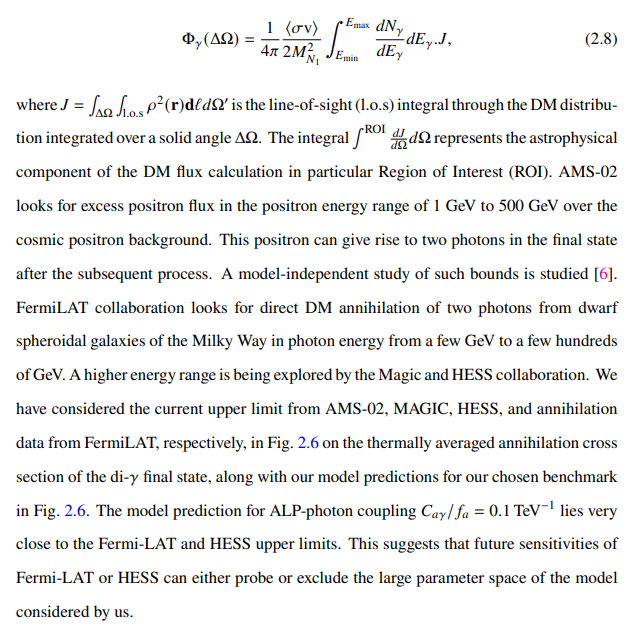
\
:::info This paper is available on arxiv under CC BY 4.0 DEED license.
:::
:::info Author:
(1) Shivam Gola, The Institute of Mathematical Sciences, Chennai.
:::
\
This content originally appeared on HackerNoon and was authored by Phenomenology Technology
Phenomenology Technology | Sciencx (2025-02-14T02:52:58+00:00) Dark Matter Analysis: Relic Density, Direct Detection, and More. Retrieved from https://www.scien.cx/2025/02/14/dark-matter-analysis-relic-density-direct-detection-and-more/
Please log in to upload a file.
There are no updates yet.
Click the Upload button above to add an update.
